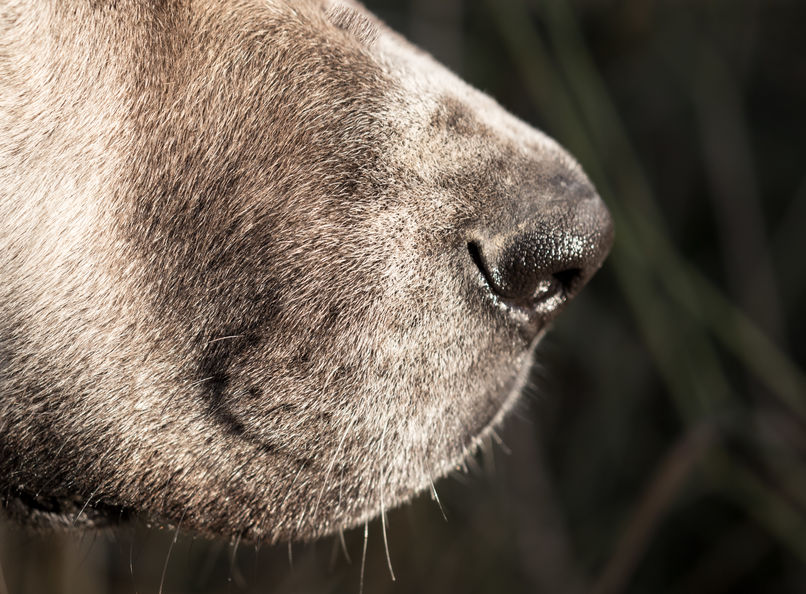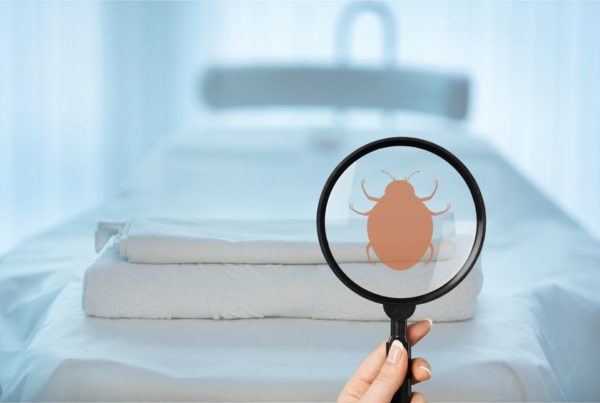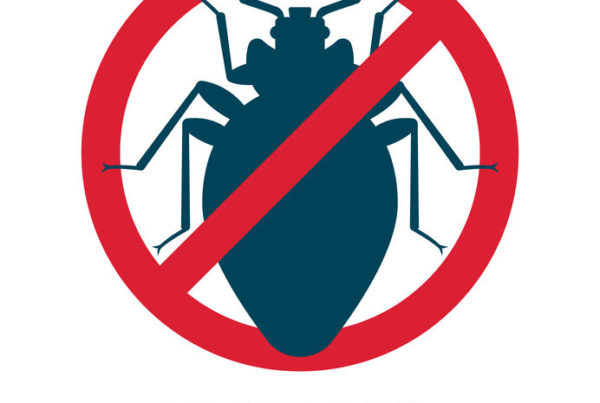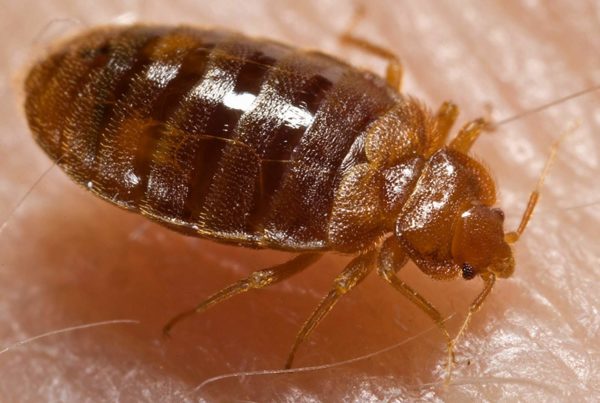By Shayna Taylor, as sourced from www.bedbugs.org/dogs
As incidents of bed bug infestations have risen over the past decade, the training and usage of dogs to detect them has also increased. These blood sucking insects are extremely difficult to see, and often are a very light color and no larger than a sesame seed at most stages of development. Hence, a non-visually focused detection method such as dogs is a good idea. The points below are taken from an article describing the process of choosing, training, and certifying bed bug detection dogs.
1. Dogs trained to detect live bed bug infestations boast a 97% accuracy rate, as opposed to people whose visual detection skills have a 30% accuracy rate. Dogs have over 10 times as many scent receptors in their noses as people do, making their noses a valuable commodity in the world of scent detection. They can clear a room in minutes where a person would have to spend hours picking everything apart in search of bugs.
2. Dogs chosen for the prestigious work of bed bug detection undergo upwards of 800 hours of rigorous training to ensure they are ready to successfully and accurately go to work. At the point where a team is ready to go to work in the field, they have to undergo very intensive certification testing by NESDCA, so a client can be assured they only have the best.
3. Specific breeds of dog are chosen to train for this job that have an extremely high hunting drive and desire to please their owners. This includes beagles, bloodhounds, border collies, terriers, labs, etc. Training for these pups begins at a young age with basic obedience commands, followed by the delicate process of learning to discriminate between the scents of live vs. dead bugs and other objects such as shell casings and even dog treats! It is important that the dog learn to indicate which areas contain live bed bugs, and a successful dog will sit by the exact spot of infestation.
4. The process of canine scent detection, in addition to being highly accurate, is extremely quick and thorough compared to visual detection. Bugs are very good at hiding so dogs are taught search patterns in order to maximize efficiency of inspections. Common areas for bugs to hide are in mattresses, behind headboards, in closets, underneath carpets, and even behind electrical sockets. These dogs must also become familiar with many different environments, as they are often called up on to search everywhere from college dorms to hotels and stores. In those buildings like apartments and dorms with many small close rooms, dogs can move swiftly from room to room to help localize where the infestation is and prevent it from spreading.
5. Using dogs can save you money! If you can narrow down your infestation to one area, you’ll save on expensive treatments in the rest of your building. In addition, if it turns out you don’t have an infestation, you’ll only have paid the approximately $325/ hour rate for the dog as opposed to shelling out several thousand dollars to treat the entire building.




